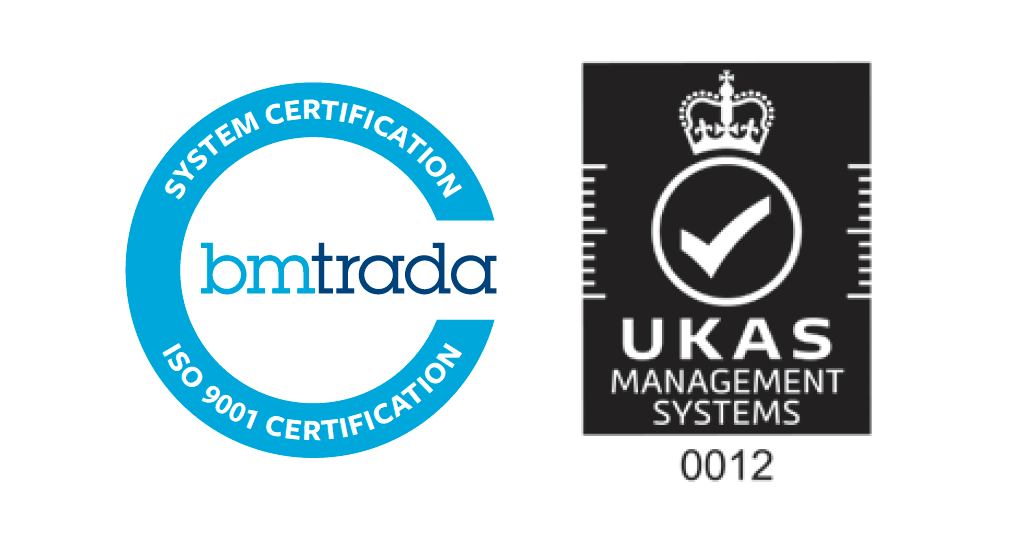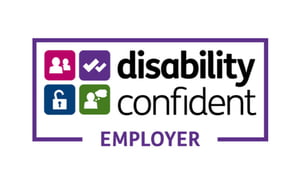The NHS urgent and emergency care crisis isn’t purely about demand – it’s about a system that no longer knows how to work well together. While an ageing population and rising mental health needs have contributed to pressures, the real problem is simpler: we have allowed our services to become fragmented and poorly coordinated.
If for a patient calling an ambulance becomes the only reliable way to access healthcare, the system has fundamentally failed. Category 2 response times now average 35 minutes against an 18-minute standard unmet for the last five years, while 40% of A&E attendances wait over four hours.
Pockets of excellence exist however, proving transformation can be possible in the face of adversity. The best-performing systems have torn down barriers between primary care, community services, and hospitals, making it easier for patients to get the right care in the right place.
NHS England’s 2025/26 UEC plan represents the most ambitious attempt in years to replicate this success nationally, tackling immediate problems with targeted investment and clear performance expectations rather than waiting for long-term solutions.
Key highlights:
- Performance targets: Clear, measurable goals including cutting Category 2 ambulance response times from 35 to 30 minutes, ending lengthy handover delays with a maximum 45-minute standard, and ensuring 78% of A&E patients are seen within 4 hours.
- Strategic investment: £370 million capital package delivering 40 new same-day emergency care centres and urgent treatment centres, £75 million for local mental health capacity to eliminate out-of-area placements, £26 million for crisis assessment centres, and £20 million for connected care records.
- Left shift strategy: Moving care from hospitals to communities through enhanced virtual wards, urgent community response teams, and a “Home First” discharge approach targeting the 30,000 patients staying 21+ days beyond discharge-ready dates
- Whole-system accountability: Ending blame-shifting between services by placing responsibility with system leaders who must demonstrate coordinated working, with mental health providers required to set reduction targets for readmissions and eliminate 24-hour A&E waits
Read our full summary below:







